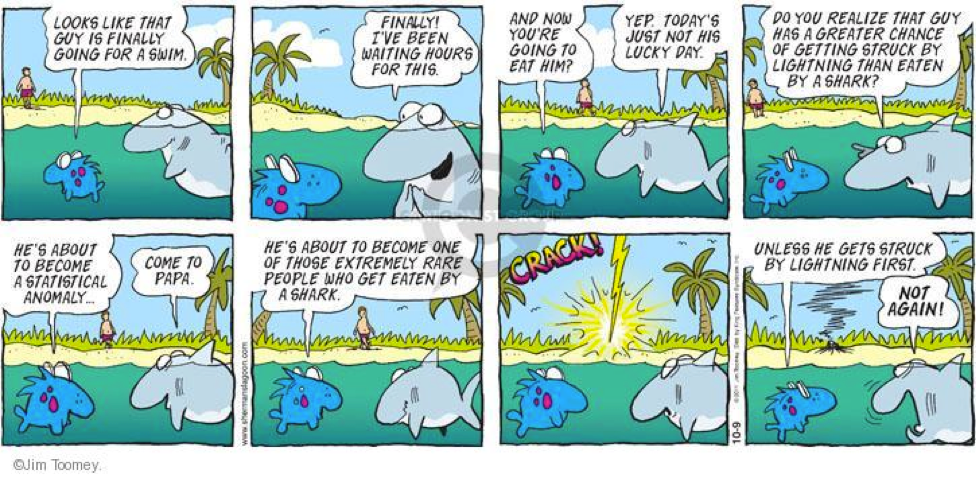Discovering the Cape Canaveral Eddy
- jenniferjessicabuo
- Apr 6, 2015
- 3 min read

Photo 1: Wilsons path this week, stuck just south of the cape in an eddy.
Wilson may have gotten past the cape, but he is still stuck right below it being sent around in circles by a coastal eddy. Prior to Wilson’s trip we had no idea, including our advisor who specializes in oceanography, that there was a large coastal eddy just below Cape Canaveral, FL. Last week we assumed Wilson’s large right turn toward the coast was from coastal upwelling, (Refer to last weeks post!) but his circular path makes it obvious that there is an eddy just south of the cape. An eddy is a circular current that usually breaks off of a main current. They can be large or small, and their lives can last a few weeks, a few months, or years. Much like large hurricanes, large eddies are tracked and named as well. (Click here!) (4) No wonder the cape has such a rich history of shipwrecks all through the colonial times, they could’ve been doomed to get stuck in eddies just like Wilson! Ocean eddies are more important than many realize. They are more than just spiraling currents around the ocean. The oceanography society (TOS) has been tracking eddies for years in attempt to better understand one of the mysteries of the ocean. Eddies have an effect on ocean nutrients, circulation, thermodynamics, marine ecosystem dynamics, productivity, and climate. (3)

Photo 2: Photo of Cape Canaveral, FL, the blue area is pointing to the prominent sandbar around the cape.
This large eddy is not the only thing making this area around the cape such a highly productive environment. The cape of Cape Canaveral, FL that juts out into the Atlantic has a large continental shelf and sandbar that is attached to the cape. (It is not easily seen on a regular map, refer to map above) This prominent sandbar may also be having an effect on the intensity of the coastal eddy that was found. Many marine organisms thrive around the continental shelf, or simply the edge of the coast that lies under the water, providing a high-energy shallow habitat, and this cape is providing just that! In this area it has been reported that juvenile lemon sharks are birthed around this highly productive cape area. This is very odd since lemon sharks nurseries are usually in tropical mangrove swamps scattered around the Bahamas. (1)

Photo 3: Photo of a mangrove swamp, usual nursery habitat for Lemon Sharks, common in tropical climates like the Bahamas.
Though it was unlikely that lemon shark nurseries were around Cape Canaveral it is not impossible. Nursery habitats are areas where there is a large abundance of food and less predators, so how is this cape different from any other? It must provide a perfect nursery location for lemon sharks that usually only prefer mangrove forests. Large aggregations or gatherings of lemon sharks were found within the longshore troughs around the cape, while documenting the juvenile lemon sharks. These longshore troughs, or deep indentations similar to a ditch, were around 50 meters wide and 2 meters deep, and turns out these troughs in these highly productive waters provide the perfect protected area for lemon shark nurseries. (1) Lemon sharks are currently listed as a near-threatened species, and Cape Canaveral, FL has become one of the valuable lemon shark nurseries in the United States.

Photo 4: Lemon shark aggregation among the longshore troughs in Cape Canaveral, FL
Fun Fact: You are more likely to bitten by another human than a shark!

References
1) Reyier, E. A., Adams, D. H., & Lowers, R. H. (2008). First evidence of a high density nursery ground for the lemon shark, Negaprion brevirostris, near Cape Canaveral, Florida. Florida Scientist, 71(2), 134.
2) Eddy/Wind Interactions Stimulate Extraordinary Mid-Ocean Plankton Blooms, Dennis J. McGillicuddy Jr., Laurence A. Anderson, Nicholas R. Bates, Thomas Bibby, Ken O. Buesseler, Craig A. Carlson, Cabell S. Davis, Courtney Ewart, Paul G. Falkowski, Sarah A. Goldthwait, Dennis A. Hansell, William J. Jenkins, Rodney Johnson, Valery K. Kosnyrev, James R. Ledwell, Qian P. Li, David A. Siegel, and Deborah K. Steinberg Science 18 May 2007: 316 (5827), 1021-1026. [DOI:10.1126/science.1136256]
Science 18 May 2007: 316 (5827), 1021-1026. [DOI:10.1126/science.1136256]
3) Fu, L.-L., D.B. Chelton, P.-Y. Le Traon, and R. Morrow. 2010. Eddy dynamics from satellite altimetry. Oceanography 23(4):14–25, http://dx.doi.org/10.5670/oceanog.2010.02.
4) NOAA.gov

Comments